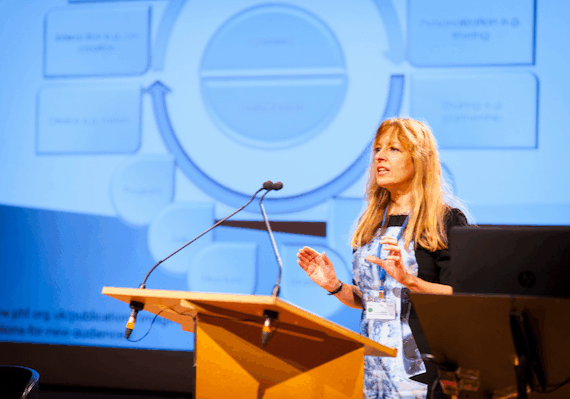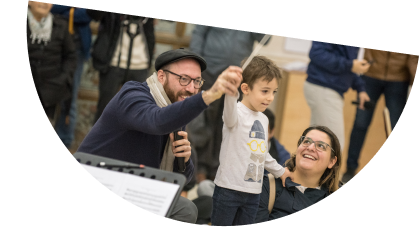Annabel Jackson has been an evaluator for 30 years and run Annabel Jackson Associates Ltd for 27. She has carried out over 500 evaluations, taught across the UK and USA and recently written a book on new audience development. Annabel is the co-chair of the American Evaluation Association group on Arts, Museums and Audiences, where she helps curate the annual conference. At RESEO’s 2016 Autumn Conference Reflective Practice : Evaluation in Arts Education she presented a keynote entitled “21 Ways to Improve Your Evaluation”.
Integrate. Review your evaluation systems, create and embed one system across projects and time periods
Bring it forward. Use evaluation to help clarify intended outcomes and capture your model from the very start of the project or programme.
Focus. Strip out questions or methods that you don’t use and aren’t meaningful.
Plan. Don’t try to do too much. Work up to more complicated analysis.
Read. Evaluation is a profession. Let some of the great writers help you.
Train. Appoint evaluation ambassadors and give them the training in evaluation.
Conceptualise. Use a logic model to capture the theory of change behind your projects and the path to your intended outcomes.
Identify key questions. Think about questions before methods, and spend time finding the questions that capture what is special about your organisation.
Use an observation form. Capture learning about participative sessions systematically.
Question check questionnaires. Check that each question is clear, precise, meaningful and relevant to the respondent.
Create audience panels. Run focus groups with the same group and develop champions for the organisation.
Measure culture change. Use a staff survey to capture long term changes in values.
Run a learning seminar. Capture lessons systematically and keep a record for the future.
Measure outcomes. Analyse beliefs e.g. confidence, learning, skills e.g. creativity, feelings e.g. enjoyment, behaviour and attitudes, which are unified in wellbeing.
Do discriminant analysis. Analyse audience segments separately to see how experiences differ and allow for different response rates.
Measure partnership. Ask precise questions about how collaboration should change.
Follow up participants. Track participants to see long term outcomes and journeys.
Code qualitative data. Do not leave answers to open questions undigested.
Track use. Monitor implementation of recommendations.
Publicise. Ensure stakeholders know that you have acted on their comments.
Share. Collaborate with other arts organisations on methods, training, analysis and advocacy.
Annabel Jackson Associates Ltd
Website: www.AnnabelJacksonAssociates.com



